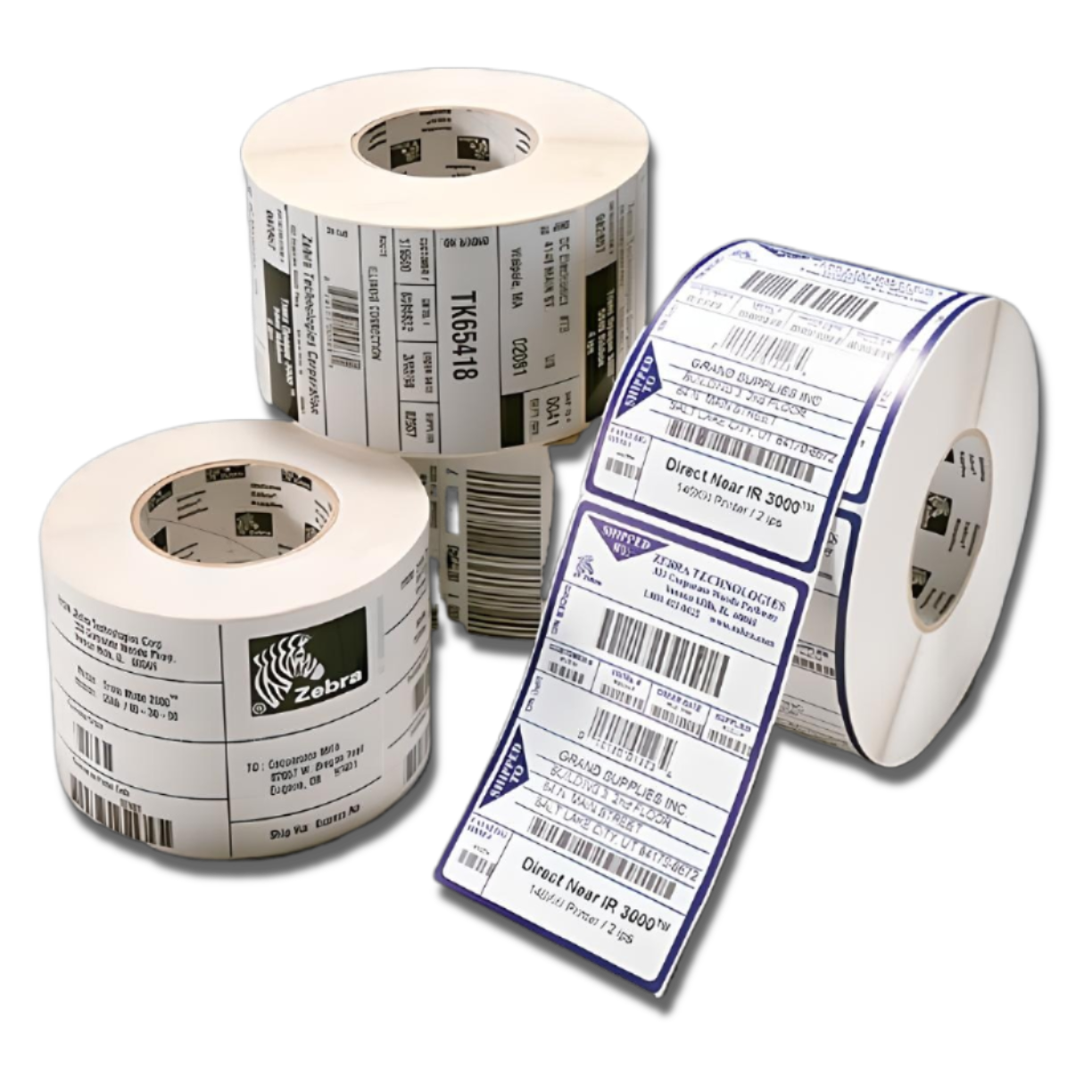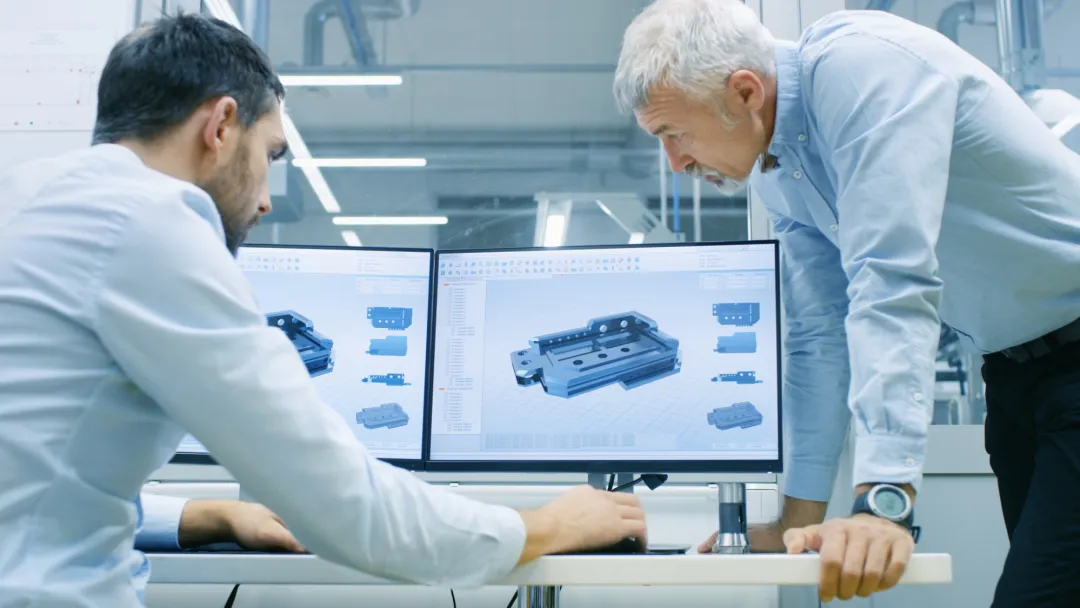
In recent years, AI technology has made great strides, serving people in many fields such as information, video, and images. The emergence of typical products such as ChatGPT and DeepSeek has created an explosive wave, marking an important milestone in the development of artificial intelligence. At the same time, RFID technology, although introduced a long time ago, is now increasingly widely applied in the field of goods management thanks to its high efficiency. The combination of AI and RFID has opened up a new direction for automating the process of tracking and managing goods, helping to improve the ability to manage more closely.
Overview of AI and RFID technology
AI (Artificial Intelligence) is human-programmed intelligence, developed with the goal of simulating the ability to think and act intelligently like humans. AI technology aims to automate complex activities, minimize direct human intervention, and effectively support in many different fields.
RFID (Radio Frequency Identification) is a technology that uses radio waves to identify and track objects. RFID has been applied in many industries, from livestock farming to inventory management and supply chain control.
The Synergy Between AI and RFID
AI and RFID are two superior technologies that can be combined to deliver exceptional value in a variety of scenarios:
- Identify objects: AI can analyze data from RFID tags to identify objects such as goods, equipment or assets. This ability is useful in inventory management, preventing asset loss, as well as controlling access in restricted areas.
- Track objects: With data from RFID tags, AI can monitor the movement of goods or equipment, thereby optimizing the supply chain, managing assets more effectively or monitoring the surrounding environment.
- Predict behavior: Through analyzing RFID tag data, AI can predict object behavior or development trends. This application is suitable in areas such as forecasting customer demand, identifying potential problems or supporting smart decision making.
- Optimize processes: Analyzing RFID data with AI can significantly improve business operations, such as increasing operational efficiency, reducing costs, or improving product and service quality.
According to statistics from TechJury, currently about 35% of companies have deployed AI in their business operations, while another 42% are researching for future applications. At the same time, the popularity of RFID is also constantly increasing; typically the retail industry with the technology adoption rate reaching 93% according to a report from LPM.
Practical applications of the combination of AI and RFID
RFID offers a wide range of optimal solutions for a variety of industries. For example, in the manufacturing sector, the technology helps track materials and production processes, thereby improving quality management and increasing productivity. RFID also supports real-time monitoring and provides accurate data throughout the supply chain.
When combined with AI, the efficiency of RFID data usage is significantly improved thanks to the ability to process large volumes of information and integrate into practical applications. Some specific application examples of this combination include:
Manufacture
RFID technology combined with AI (artificial intelligence) is increasingly improving efficiency in the manufacturing sector. Manufacturers can leverage this technology to manage inventory, personnel, and material handling equipment, thereby minimizing the risk of products being mishandled or shipped to the wrong location.
For example, an RFID-integrated material handling system can help businesses locate and track equipment such as forklifts or clamps. This helps ensure that vehicle operations are performed correctly, preventing goods from being taken out of storage or moving in the wrong direction.
In addition, RFID technology also supports more efficient production planning and minimizes losses. Thanks to the ability to accurately control inventory, businesses not only save on labor costs but also improve overall operational efficiency.
Transport
In the transportation sector, the combination of AI and RFID has opened up opportunities to optimize inventory processes, enhance safety, and optimize shipping routes.
Businesses can use RFID to tag boxes, boxes, or containers with detailed information about their contents. This allows employees to quickly scan and verify, ensuring accuracy in inspections.
Not only does this method save time, it also eliminates the need for manual counting. With RFID readers, employees can simply scan through storage areas to confirm the location of goods in real time.
The speed and accuracy of the process allows logistics companies to allocate their workforce to more valuable tasks, increasing profits and reducing the risk of lost or damaged goods. This also saves on labor, fuel and insurance costs; while ensuring on-time delivery and providing customers with more detailed information about their orders.
Material handling
RFID (radio frequency identification) is a versatile technology that automates processes such as inventory management and logistics using radio signals. In many industries, RFID is considered a cost-effective and highly applicable solution.
When integrated with AI, RFID’s efficiency is further enhanced through its ability to automate the supply chain. This technology not only reduces labor costs but also provides real-time data on material movement, contributing to improved operational productivity.
Furthermore, RFID helps improve inventory tracking accuracy by easily identifying missing or available items, while preventing the risk of loss and damage.
In construction, RFID also brings great benefits by providing specific data on materials needed for each project. This helps managers plan more accurately, saving significant time and costs.
Supply chain
For a supply chain to be as efficient as possible, the transfer of goods from point A to point B needs to be done quickly and accurately. RFID technology plays a vital role in identifying and tracking goods throughout the entire process from raw materials to finished products.
Thanks to its improved data accuracy and end-to-end traceability, RFID simplifies inventory management and reduces loss.
When combined with AI, this technology becomes even more powerful with the ability to predict when to replenish products or intelligently manage out-of-stock situations.
AI systems also help improve warehouse operations, ensuring orders are processed quickly and on time. At the same time, labor safety monitoring also becomes more effective when AI can detect risks early and promptly warn manufacturers to minimize unwanted incidents.













